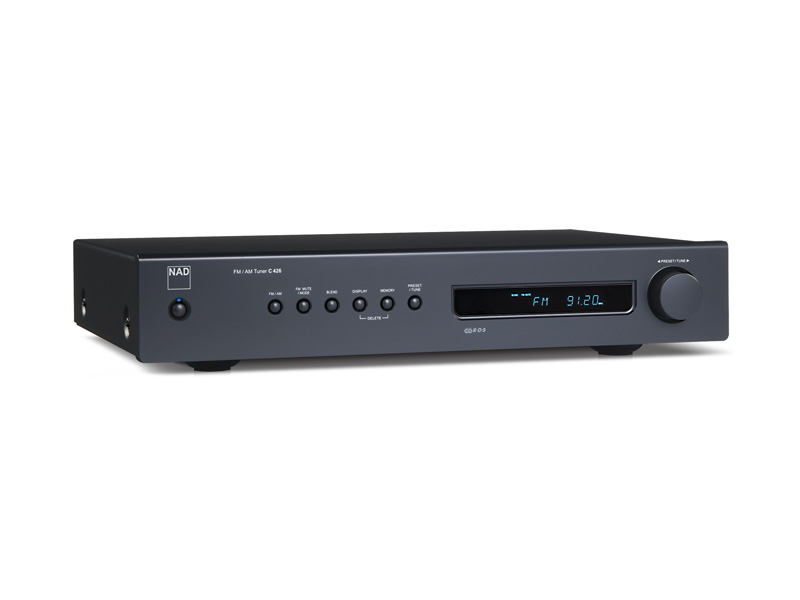TechRadar Verdict
Pros
- +
Good RF-side performance
- +
Fine audio
Cons
- -
Slight treble dryness is about the only drawback
Why you can trust TechRadar
We felt positively sentimental unwrapping this little goody – an analogue-only tuner! It's been a while since we saw a new one of those round these parts.
The reason for that, of course, is that most tuners these days include DAB as well. Come to that, with DAB threatening to oust FM from the airwaves, is there any point to an analogue-only one?
Commercially, NAD no doubt justifies its investment in this new model via sales in countries where DAB has yet to make a mark (there are still plenty), but even in a UK context it still has plenty going for it.
DAB vs FM
First, despite the proliferation of digital-only stations, most of the stuff that anyone actually wants to listen to seems to be on analogue radio and most of the remainder is available online, often via play-on-demand (podcasts).
The argument over DAB versus FM sound quality is an old and static one, but suffice to say that many audiophiles still find FM the preferable option. In fact, FM's got a good few years left in it even by the most pessimistic estimates.
So if your old tuner has packed up, or you're looking to add low-cost FM to your system, then £220 seems perfectly sensible.
Blend function
As for the business of FM-only versus FM plus DAB, we're not alone in believing that if you really want the best performance from a bit of kit, you don't really want too much functionality shoehorned into it.
There will be compromises and cost-savings, not to mention the vexed issue of electrical interference, so keeping it simple is seldom bad news.
And simple is how the C426 goes. It has RDS, a remote control, RS-232 (the standard in electrical characteristics and timing of signals) and presets, but in basic terms it just receives AM and FM radio. A tiny front-end module feeds circuits based on recent dedicated integrated circuits on NAD's own board, all fed from a traditional all-analogue power supply.
The display does the basics very well and includes the usual rather optimistic signal-strength display. There's also a 'Blend' function which can be useful where stereo reception is marginal for noise performance.
Good signals
Our first impression of this tuner is distinctly positive. Intending to do no more than ensure it was basically functional, we hooked it up with literally a random piece of wire as the aerial and were astonished to hear pretty much acceptable sound – usually a tuner would be hideously noisy under such conditions.
Further testing confirms that this is a very sensitive design, ideally suited to troublesome locations. That's obviously a plus, but there's no direct link between RF-sensitivity and audio performance under conditions of a good signal. Happily, it seems that the latter is just as good as the former in this case.
Not only is the tonal balance unusually well judged, there is distinctly more detail than one often hears from FM radio. The major reason for that is that NAD has managed to reduce the low-level 'grain' that affects reception in all too many tuners, even when they are fed from a good antenna.
As a result, all those little details that live down near the noise floor become that much more obvious and music suddenly snaps and sparkles into life in a most gratifying way.
Pace and timing
Deep bass is another common weakness of FM, yet the C426 does very well, with clearly defined low notes from all manner of instruments.
Pace and timing are good, too, certainly among the best we've heard from a budget tuner. The very highest treble lacks some of the insight that the finest tuners can achieve, but at a fifth or less of what they cost we aren't really criticising, especially as images have well defined and stable width and depth.
This isn't just a very good budget tuner: it's a very good tuner, period.
Follow TechRadar Reviews on Twitter: http://twitter.com/techradarreview
